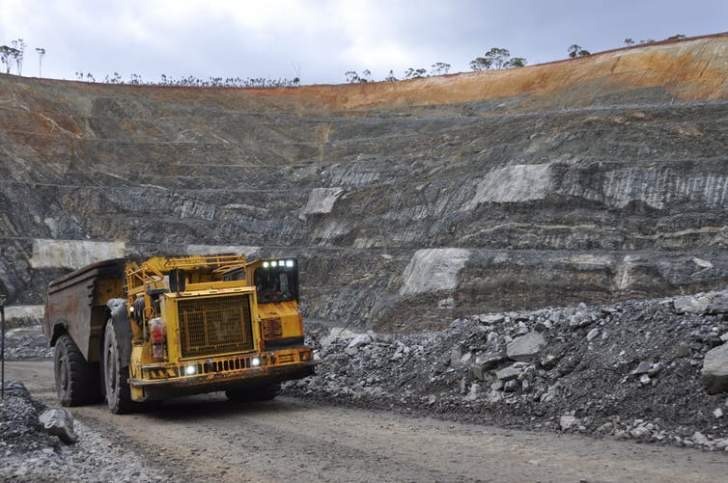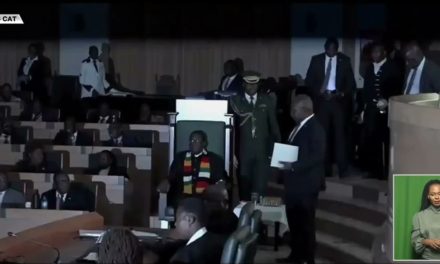By Cde Nhamo Taneta
Our beloved ZANU PF Government has graciously given Chinese mining companies a two-year farewell tour to deplete the country’s remaining hard rock lithium deposits before a raw lithium export ban kicks in by January 2027.
Under the ruling party’s much-touted “Nyika inovakwa nevene vayo” mantra, the Second Republic says the delayed ban is not a loophole for foreign plunder, but rather a “strategic window” — you know, to allow the bulldozers and 40-tonne haulage trucks to finish the job uninterrupted.
In the 2024 national budget, finance minister Mthuli Ncube bravely declared that “value addition” is the way to go, a principle he defined as building state-of-the-art lithium processing plants.
With the way it’s going, it seems the state-of-the-art processing plants will be built after the lithium has left the country.
Ncube, announcing his 2024 budget, explained with a straight face the “economic sequencing” as a revolutionary idea where beneficiation infrastructure follows the resource, rather than the other way around.
The ministry is reportedly in talks to set up a lithium beneficiation museum next to an empty quarry, complete with a hologram of what might have been.
Meanwhile, local miners have heroically responded to the policy directive by submitting “detailed plans” for beneficiation — by detailed, we mean one-page PowerPoint decks with stock images of Chinese factories and the phrase “we will think about it” prominently featured.
Government officials, undeterred by the complete lack of actual refinery construction, say they are confident that meaningful value addition will begin just after the last plane for Guangzhou in late 2026.
Since “Rome wasn’t built in a day,” why should Zimbabwean citizens expect a lithium refinery in one day — or even one year — especially when the raw materials are already 12,000 km away?
ZANU PF insiders, speaking off the record, reassured the nation that 2027 is simply a symbolic deadline, a date chosen to honour the memory of Zimbabwe’s once-abundant mineral wealth.
By then, they say, “there won’t be anything left to ban anyway, so technically, we’ll have achieved 100% compliance.”
Critics have questioned why the ban isn’t immediate, but the answer lies in basic economics: it takes time to clean out the last mineral veins — especially when the First Family, sorry, First Exporters, are still finalising logistics with their associates.
It’s only fair, really. You can’t expect your top donors to rush a good looting.
As true patriots, we believe in orderly plunder — after all, this is a looting economy, not a banana republic.
While Zimbabwe’s lithium disappears faster than a ZESA schedule in winter, officials insist the country is not being robbed, but rather participating in an “asymmetric but friendly transfer of wealth.”
Though lithium’s physical presence may soon be history, Zimbabweans can take comfort in knowing that somewhere in Shanghai, a battery will carry a faint trace of the Zimbabwean dream — one tonne at a time.
For now, the nation watches as excavators work overtime, racing the clock toward the 2027 “ban,” which, much like the “upper middle-income economy by 2030,” remains a patriotic concept rather than a practical destination.
After all, “Nyika inovakwa neVene vayo” even if Vene vayo willsoon drive Chinese-assembled electric vehicles.





